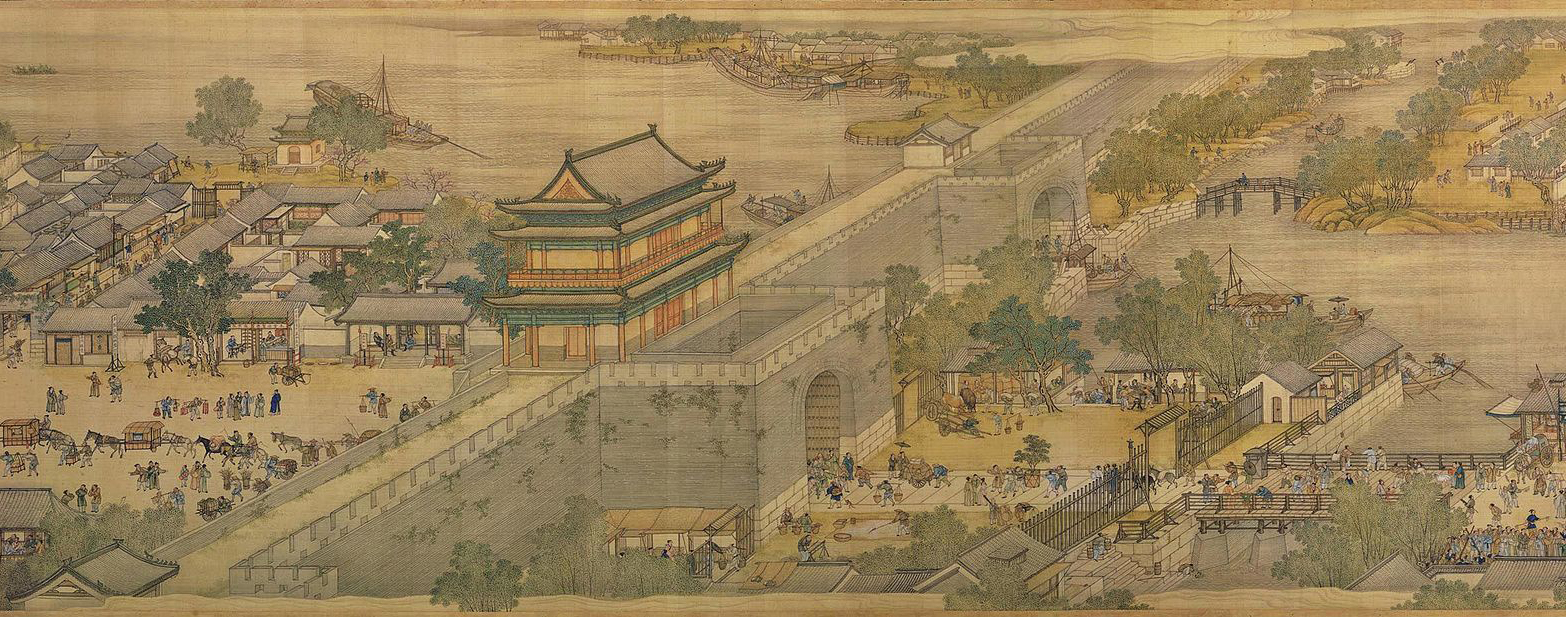The Representation of Urban Milieu in Chinese Paintings in the Early 18th Century
This study explores the visual representation of everyday life of people in Chinese cities and the urban milieu in the early 18th century. It raises several questions in relation to how these visual materials represent the urban milieu against the particular cultural and historical background. In order to demonstrate this, I draw particular attention to three handscrolls - including two versions of Along the River During the Qingming Festival (Song, 1125; Qing, 1736) and Prosperous Suzhou, (1759) - all portraying people's spatial practices, social structures, hierarchical architecture and landscape of two cities, namely Bianjing and Suzhou. I have tried to review these Chinese paintings through three layers: the physical factors, the spatial practices and the social context of those practices and representations. Instead of being juxtaposed, these layers are superimposed and influenced by each other. Then, I will demonstrate how these two comprarative studies can offer an explanation of the transformation of urban space and cultural/economic changes, as well as the different urban and geographical facets of two cities both in the early 1700s.
Hence, I would argue that visual materials such as paintings, photography, or cinema, could provide abundant and useful resources for us to understand the interaction of city and people in the everyday level, which could be, consciously or unconsciously, neglected in official documents and planning maps. In this case, those frozen moments depicted in the three panoramic scrolls have helped us to examine the historical changes of the urban milieu, and also, as you could see, it would be necessary to combine other kinds of materials during the research, including maps, documents, and literature.





© 2022, All rights reserved..